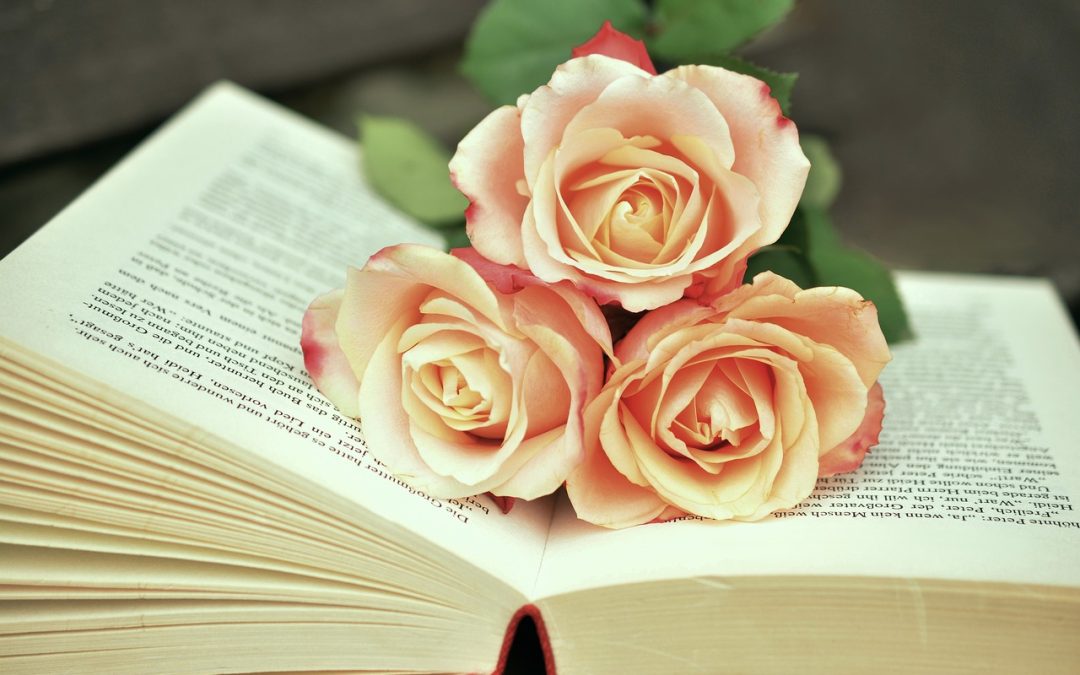As writers, we’re often driven by the desire to create something tangible, something that can be shared with the world. And what’s more tangible than a physical book? But, you may wonder, how do I turn my manuscript into a beautifully designed and published volume? Fear not, dear writer, for I’m here to guide you through the magical process of DIY book creation.
From Manuscript to Book Design
Once you’ve polished your manuscript, it’s time to think about the visual aspects of your book. This is where design comes in. Now, I know what you’re thinking: “But I’m not a designer!” Fear not, dear writer, for there are many tools and resources available to help you create a stunning book design.
Vellum, for example, is a fantastic tool for creating beautifully formatted eBooks and print books. It’s user-friendly, even for those with limited design experience. And if you’re looking for a more visual approach, Canva is another great option. With its drag-and-drop interface and vast library of templates and design elements, you’ll be creating a professional-looking book design in no time.
But what about the interior design? This is where attention to detail is crucial. Consider the font styles, sizes, and line spacing. You want your text to be easy to read, so choose a font that’s clear and legible. And don’t forget about margins – you’ll want to leave enough space for readers to annotate and dog-ear pages.
Choosing the Right Paper and Binding
Now that you’ve designed your book, it’s time to think about the physical aspects. What kind of paper will you use? Will you choose a perfect bound, saddle-stitched, or spiral bound book? The choices may seem overwhelming, but trust me, it’s worth taking the time to get it right.
- Choose a paper weight that feels premium, but not too thick or heavy. A 100-120 gsm paper is a good starting point.
- Consider the texture of the paper. Do you want a smooth, matte finish or a textured, tactile experience?
- Think about the binding method. Perfect bound books are great for larger books, while saddle-stitched or spiral bound books are better suited for smaller, more intimate volumes.
And don’t forget about the cover! You’ll want a design that’s eye-catching and reflects the tone of your book. Consider using a matte or glossy finish, and make sure your cover design is optimized for both print and digital platforms.
Publishing and Beyond
Once you’ve designed and printed your book, it’s time to share it with the world! This is where self-publishing comes in. And don’t worry, it’s not as daunting as it may seem. With platforms like Amazon Kindle Direct Publishing (KDP) and CreateSpace, you can reach a global audience with ease.
Take, for example, the story of self-published author, Amanda Hocking, who sold over a million copies of her eBooks. As she puts it:
“I didn’t have any money, I didn’t have any connections, I didn’t have any experience. But I had a book, and I had the internet. And that’s all you need.”
And if you’re looking for more guidance on self-publishing, be sure to check out our guide on Write, Publish, Repeat: A DIY Guide
So, there you have it – a step-by-step guide to DIY book magic. With the right tools, resources, and mindset, you can turn your manuscript into a beautifully designed and published book that will resonate with readers worldwide. Happy writing!
Still looking for more advice on self-publishing? Check out our post on Ways to Self-Publish a Bestseller for more insider tips and tricks. And for writing advice from bestselling authors, head over to Writing Advice from Bestsellers.

